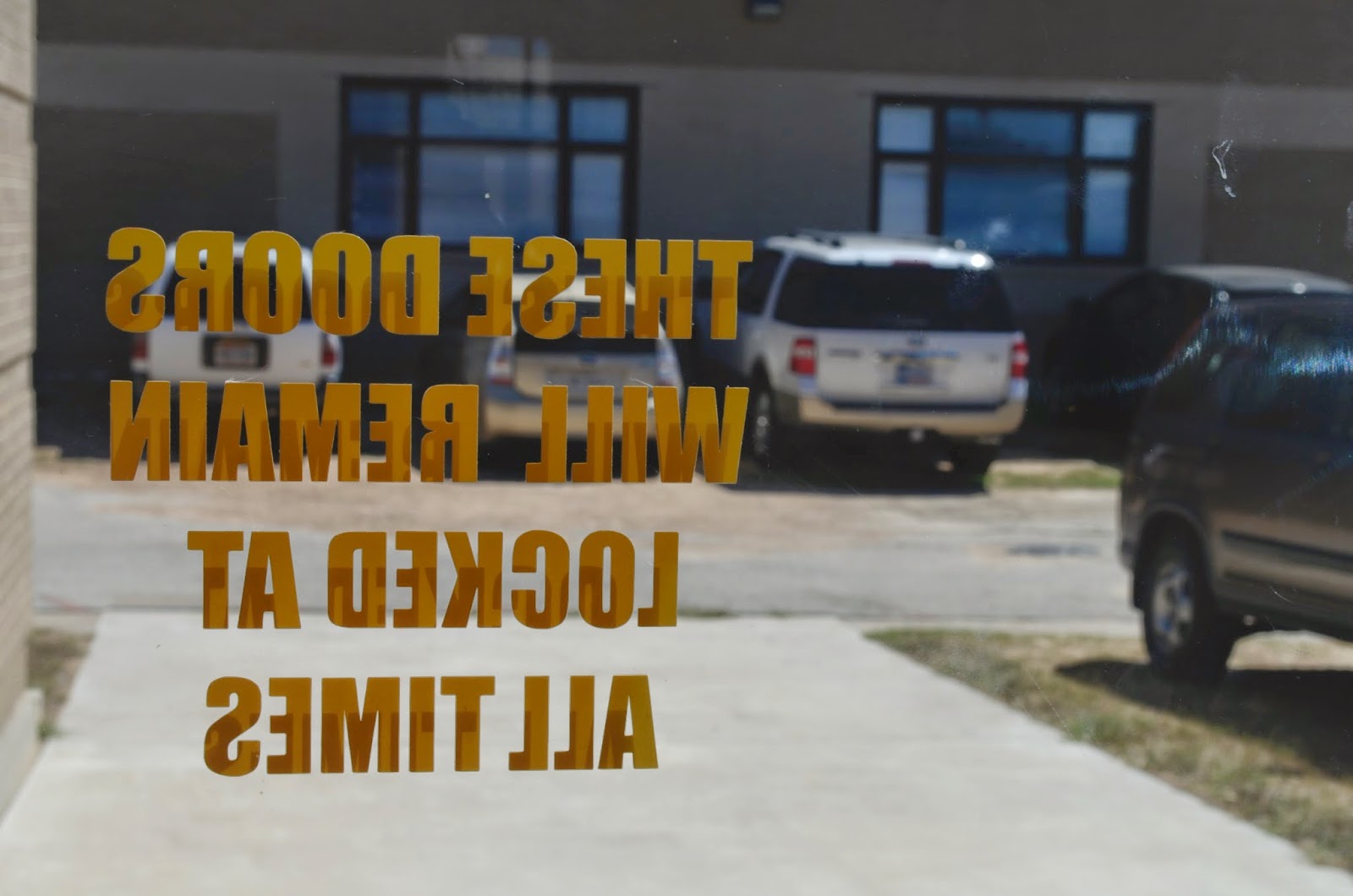Shot where I work in North Austin
Tuesday, September 30, 2014
Wednesday, September 24, 2014
12 Hour Photo Diary
10am
11am
12pm (I got hit by oil and jerked back, so it's blurry, sorry)
1pm
2pm
3pm
4pm
5pm
6pm
7pm
8pm
9pm (Slipped and fell, accidentally pressed shutter, sorry)
10pm
Depth of Field
Text: Adagio and Allegro for Eb
Items: old trumpet mouthpieces, piece of microphone, cassette tape, classical metronome
Theme: Time vs. Tempo- cultural transition from classical to contemporary through music and expression.
ISO: 800
Focus on front- f/32.0 1/4
Focus on front- f/5.0 1/100
Focus on front- f/13.0 1/20
Focus on middle- f/32.0 0.3
Focus on middle- f/5.0 1/100
Focus on middle- f/13.0 1/20
Focus on back- f/29.0 0.3
Focus on back- f/5.0 1/80
Focus on back- f/13.0 1/13
Monday, September 22, 2014
Aperture, Shutterspeed, ISO
f 2.8
f 16
APERTURE
1. Pupil
2.The smaller the aperture, the larger the f-stop. The larger the aperture, the smaller the f-stop.
3. A larger aperture will bring all foreground objects to focus while blurring the background. A smaller aperture will allow all planes in an image to be sharp and in focus.
High shutter speed
Slow shutter speed
SHUTTERSPEED
1. a. 1/125
b. 1/200
c. 1/500
d. 1/500
e. 1/400
f. 1/640
2. a. 1/30
b. 1/30
c. 1/640
d. 1/125
e. 1/150
f. 1/250
Aperture Priority: If you set the aperture, the camera will set the shutter speed automatically.
Shutter Priority: If you set the shutter speed, the camera will automatically set the aperture accordingly.
Manual: You can set the shutter speed and aperture however you want.
ISO 200
ISO 6400
ISO
1. It would be good to use a high ISO at sporting events or a nighttime football game because the higher the ISO the less time is needed to capture an image. You can use higher shutter speeds, and are therefore more able to freeze and capture a fast paced moment.
2. You should use low ISO when there is plenty of light or in low light when you are exposing for a long time.
3. You should use a higher ISO when there is not enough light to take an image fast enough. Or when you are indoors without flash.
VIRTUAL DSLR
Aperture: The aperture options range from f/2.8-f/22
Shutterspeed: The shutter speed options range from 1 sec to 1/4000 sec.
ISO: The ISO ranges from ISO 100- ISO 25,600.
Thursday, September 18, 2014
File Formats
1. PNG, RAW, and JPEG
2. Vector formats use a geometric description to be rendered smoothly while raster image formats describe each individual pixel.
~
1. .jpeg=lossy .tiff=can be both .psd=lossless .nef=lossless
2. .jpeg= used for online or web based publications .tiff= better for print/preserves layers from editing .psd= good for editing in Photoshop/preserves all changes made to file from photoshop .nef=highest level of quality/ used in photojournalism
3. .jpeg= yes .psd=no .tiff= no .nef=yes
2. Vector formats use a geometric description to be rendered smoothly while raster image formats describe each individual pixel.
~
1. .jpeg=lossy .tiff=can be both .psd=lossless .nef=lossless
2. .jpeg= used for online or web based publications .tiff= better for print/preserves layers from editing .psd= good for editing in Photoshop/preserves all changes made to file from photoshop .nef=highest level of quality/ used in photojournalism
3. .jpeg= yes .psd=no .tiff= no .nef=yes
Tuesday, September 16, 2014
Composition My Photos
Balancing Elements
Cropping
Framing
Background
Symmetry and Patterns
Rule of Thirds
Depth
Experimentation
Viewpoint
Leading Lines
Lossy vs Lossless
Three advantages of a RAW file: 1. Processed in computer, not camera. 2. Easier to manipulate properly. 3. Better richness, sharpness, and color range.
One RAW disadvantage: 1. Not suitable for printing directly from camera.
Three advantages of JPEG file: 1. Suitable for sharing or printing directly from camera. 2. Take less space/memory. 3. Readable by any image program.
One JPEG disadvantage: 1. Some color is lost when storing the file.
1. All data is retained.
2. Whitebalance, contrast, highlights, shadows, colors, and saturation.
3. RAWs are significantly larger than JPEGs, not all DSLRs have the RAW shooting capability, RAW's can be converted to JPEGs, but not the other way around.
4. An aspiring photographer needs to know how to work with RAW files because editing photos is a very important part of professional and studio photography. Many photographers edit more than they shoot and RAW files open more possibilities with editing that JPEGs.
One RAW disadvantage: 1. Not suitable for printing directly from camera.
Three advantages of JPEG file: 1. Suitable for sharing or printing directly from camera. 2. Take less space/memory. 3. Readable by any image program.
One JPEG disadvantage: 1. Some color is lost when storing the file.
1. All data is retained.
2. Whitebalance, contrast, highlights, shadows, colors, and saturation.
3. RAWs are significantly larger than JPEGs, not all DSLRs have the RAW shooting capability, RAW's can be converted to JPEGs, but not the other way around.
4. An aspiring photographer needs to know how to work with RAW files because editing photos is a very important part of professional and studio photography. Many photographers edit more than they shoot and RAW files open more possibilities with editing that JPEGs.
Monday, September 8, 2014
Composition from Google
Leading Lines
Framing
Viewpoint
Balancing Elements
Depth
Cropping
Rule of Thirds
Background
Patterns and Symmetry
Experimentation
Subscribe to:
Comments (Atom)




















































